
Click Here for Full Screen Image - Click Here to Download Image
 | 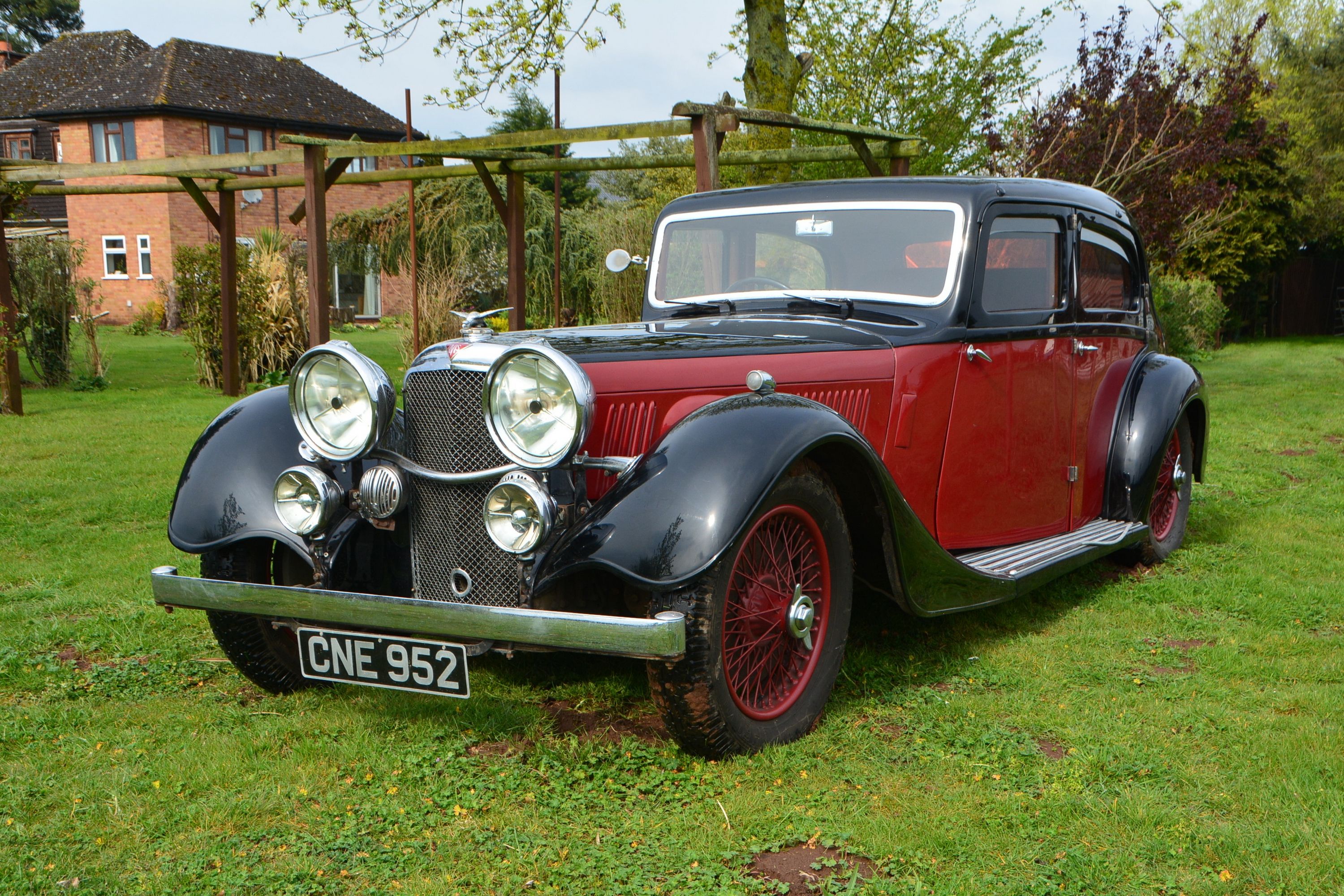 |  |  | 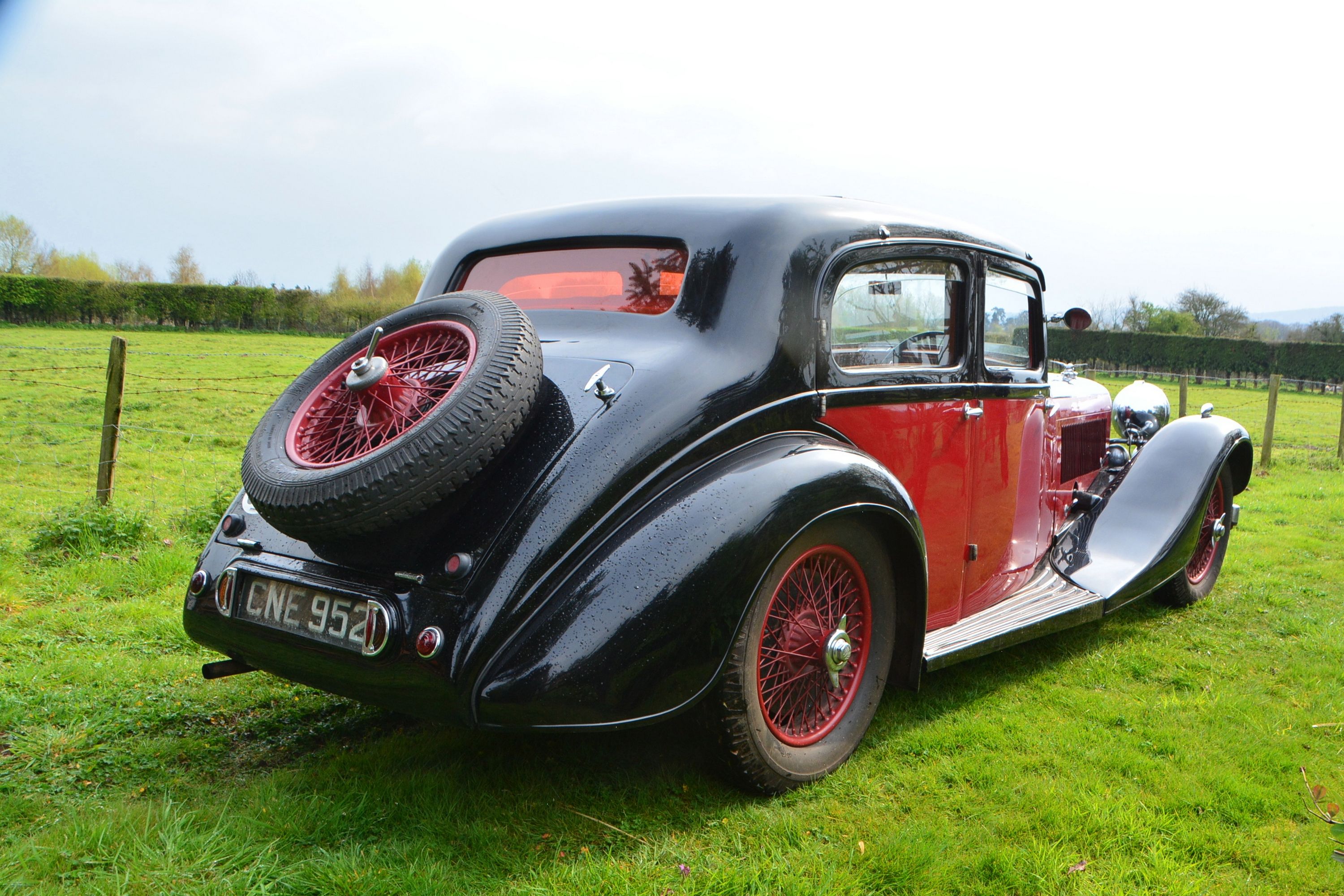 | |||||
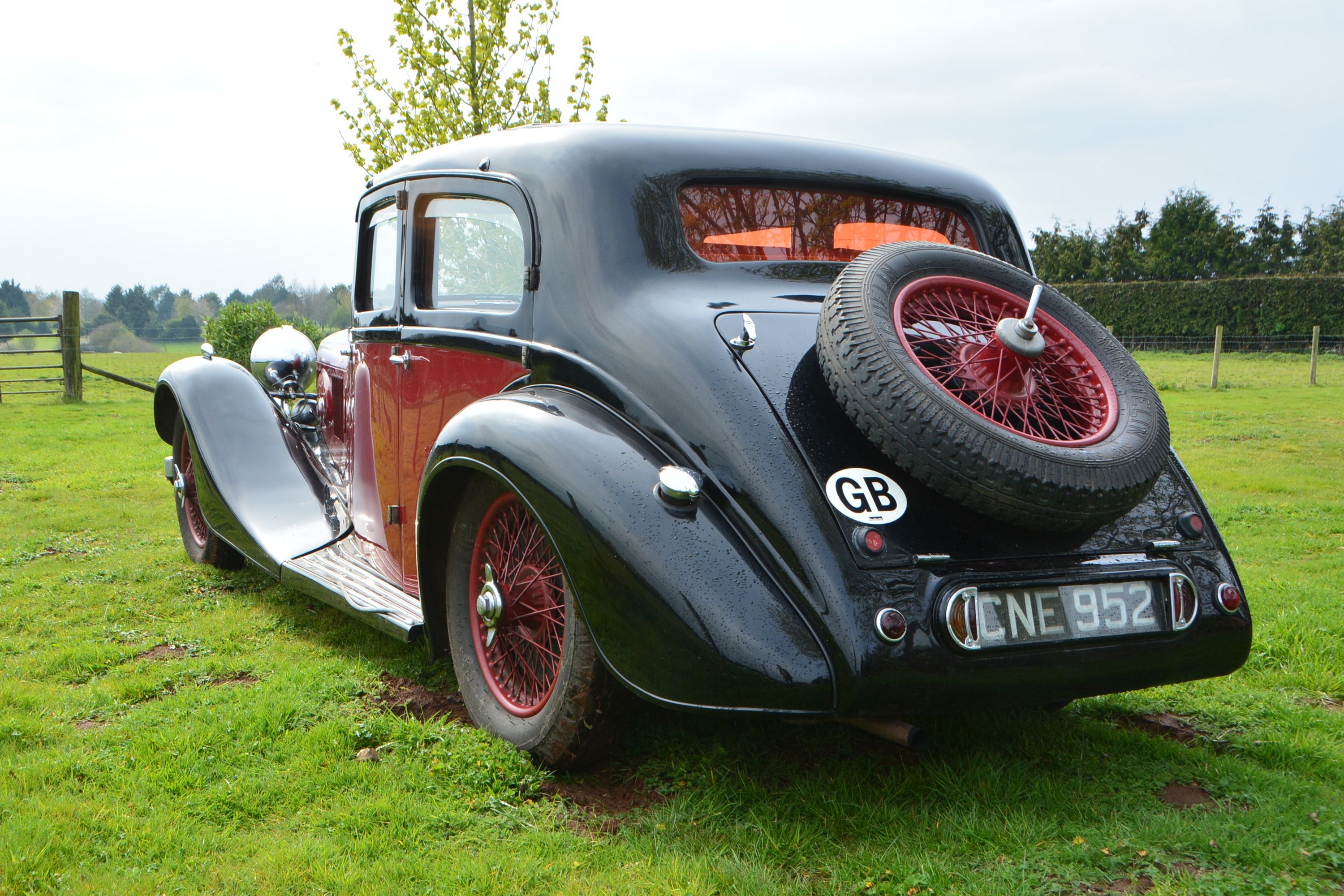 |  | 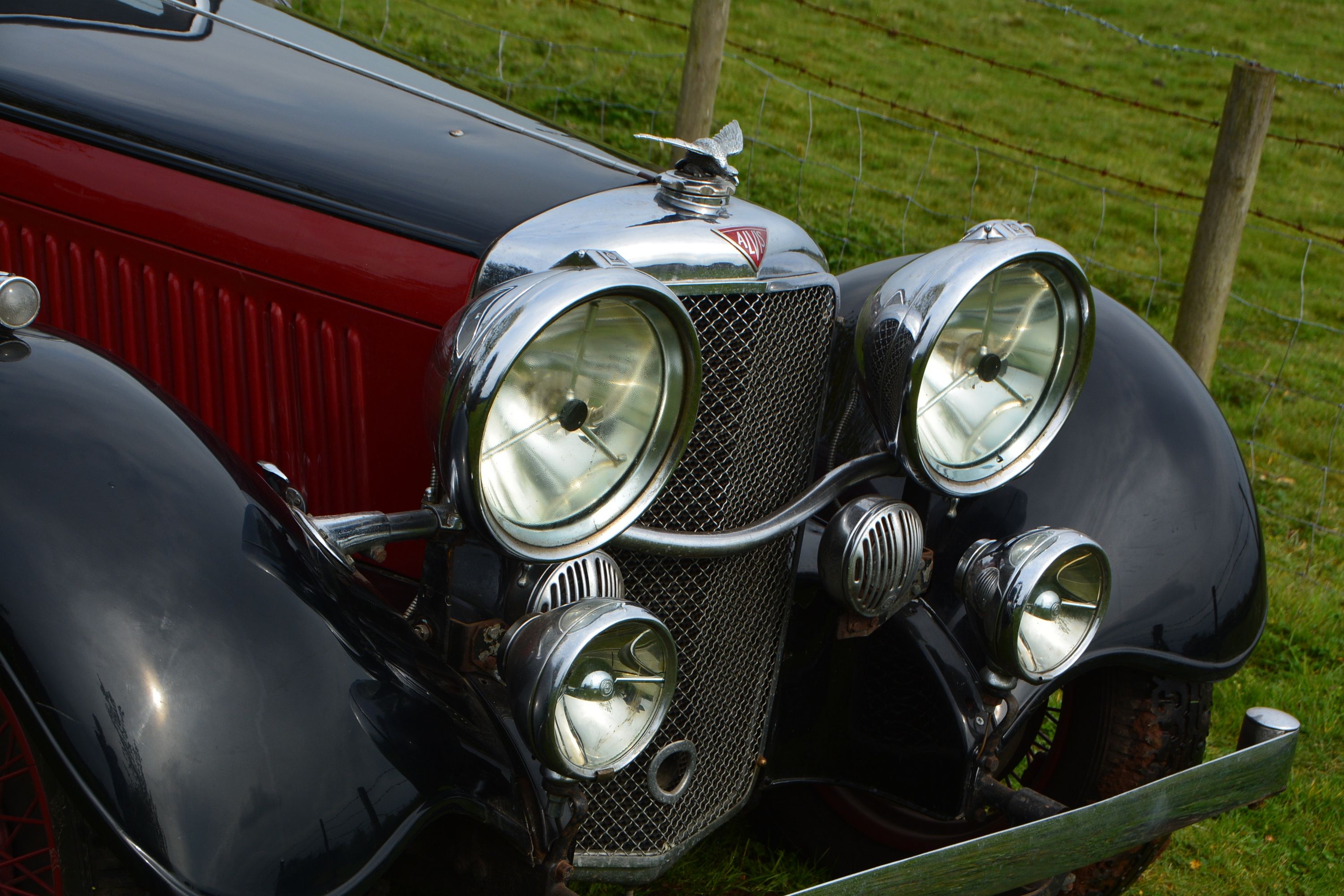 |  | 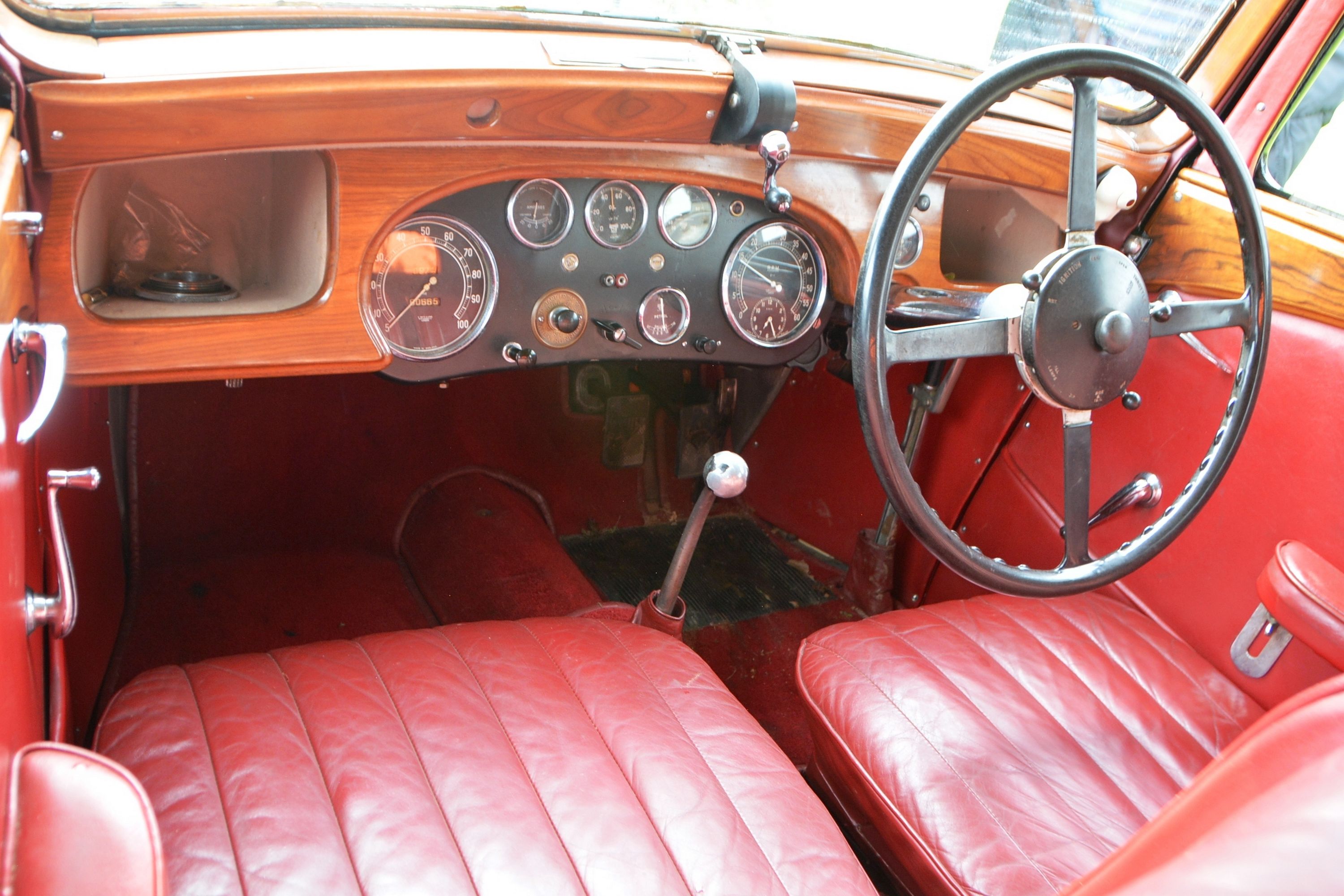 | |||||
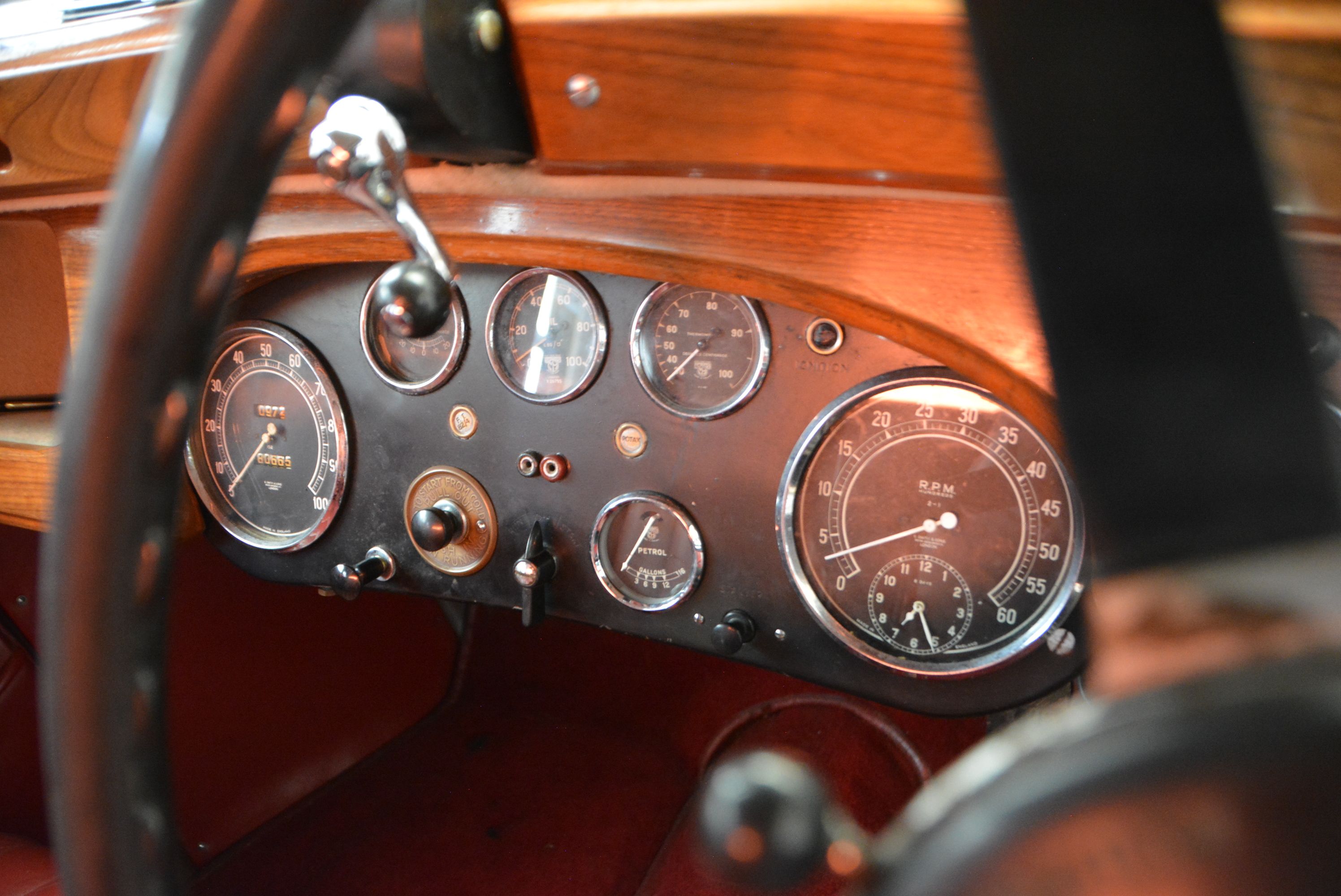 | 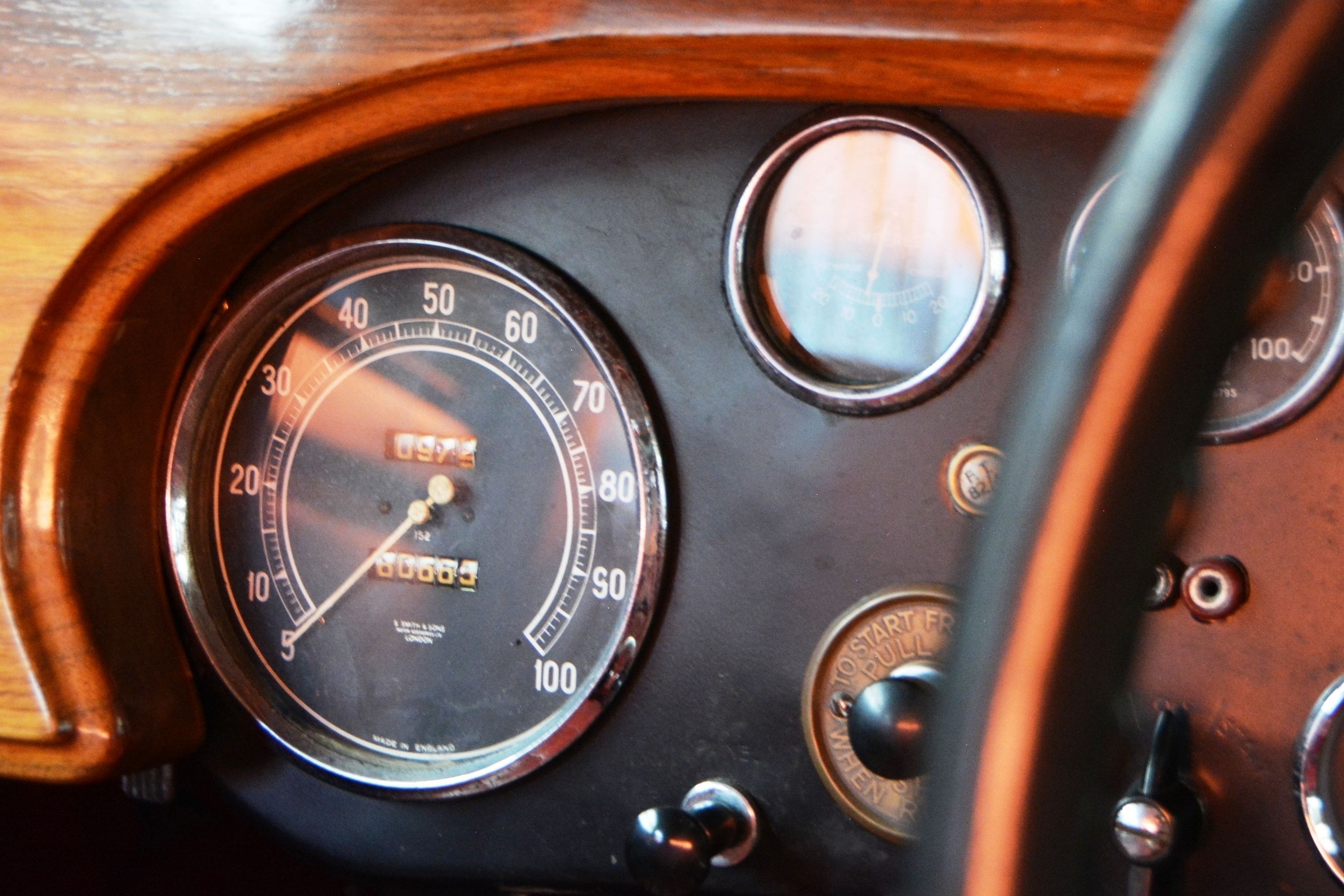 | 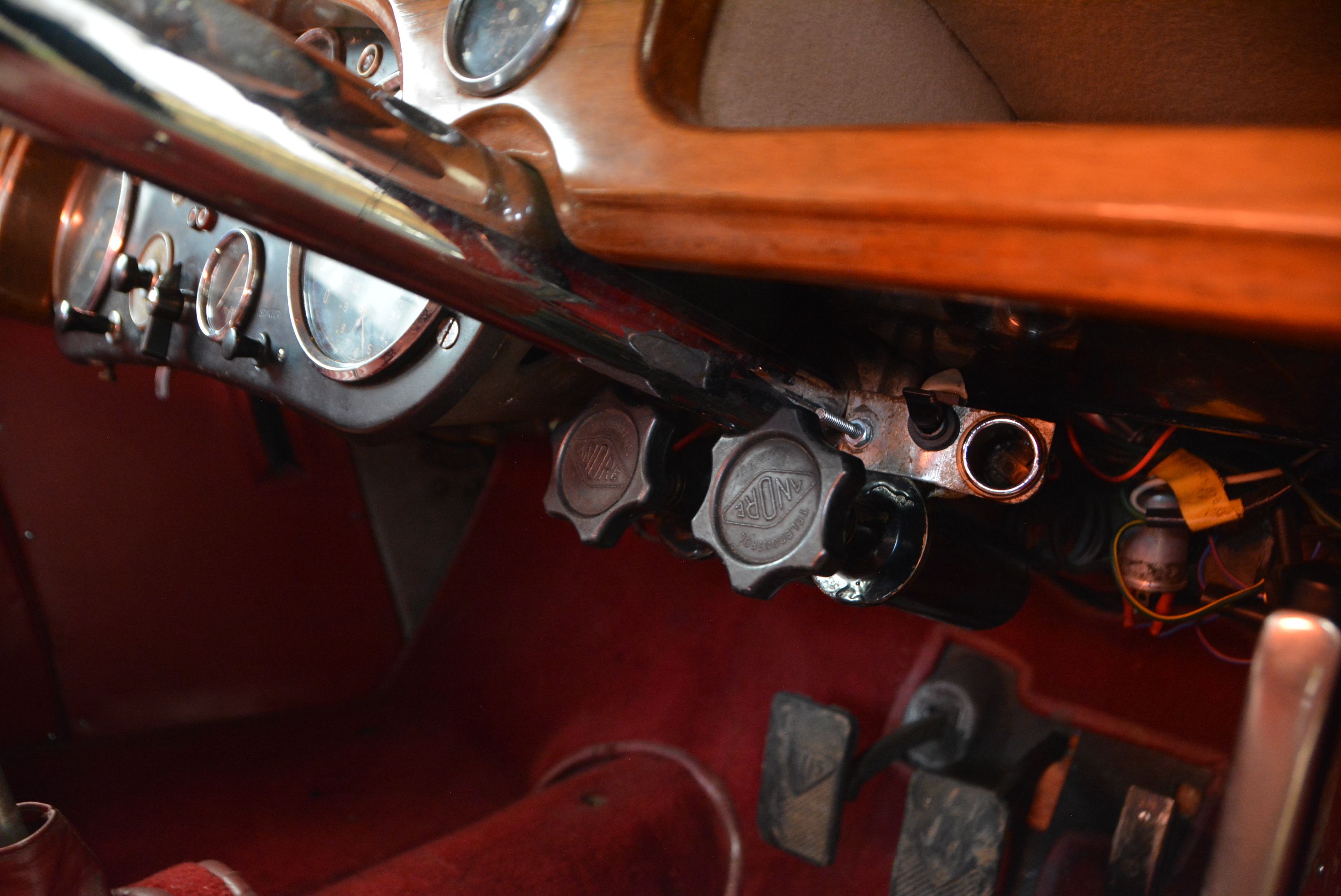 | 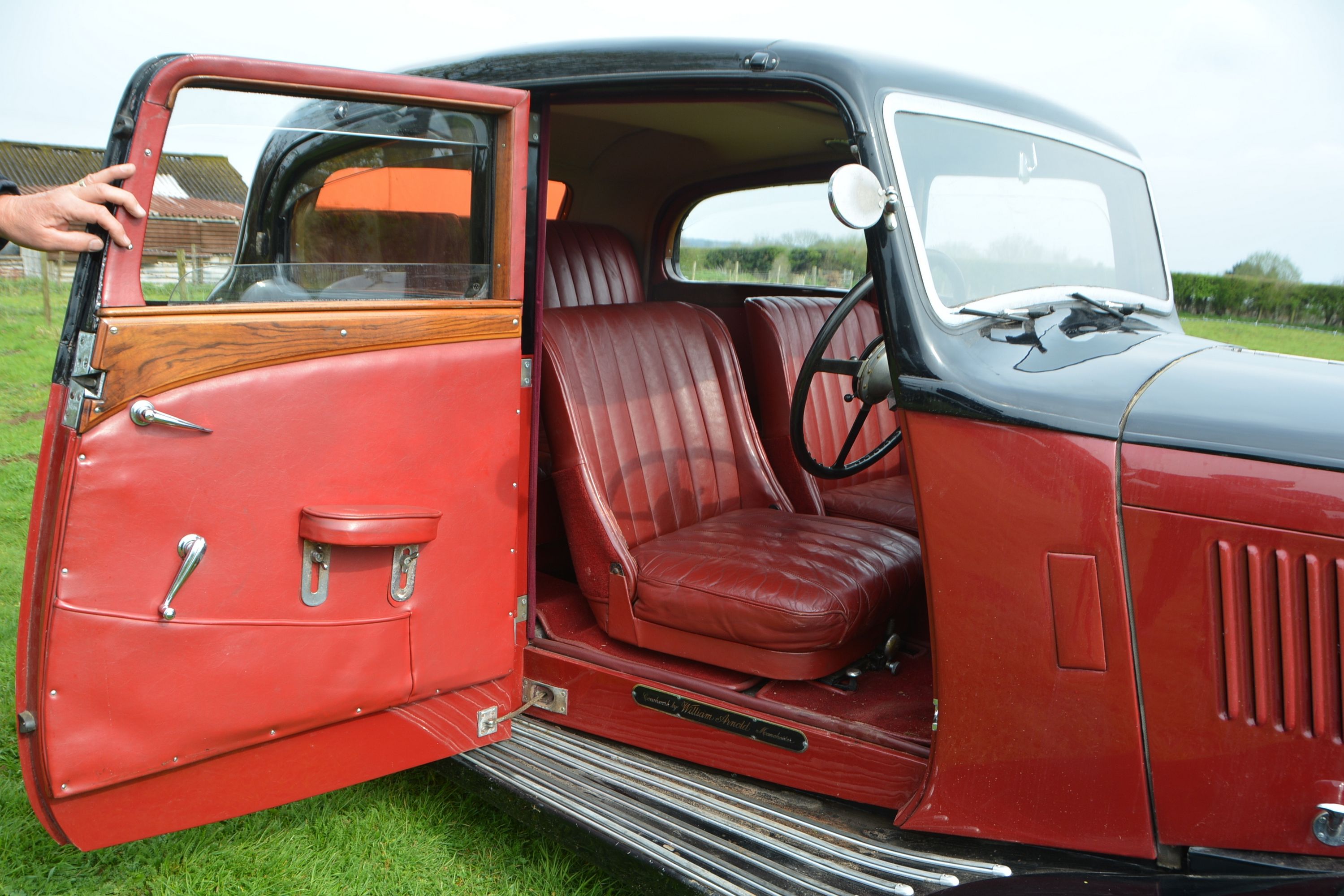 | 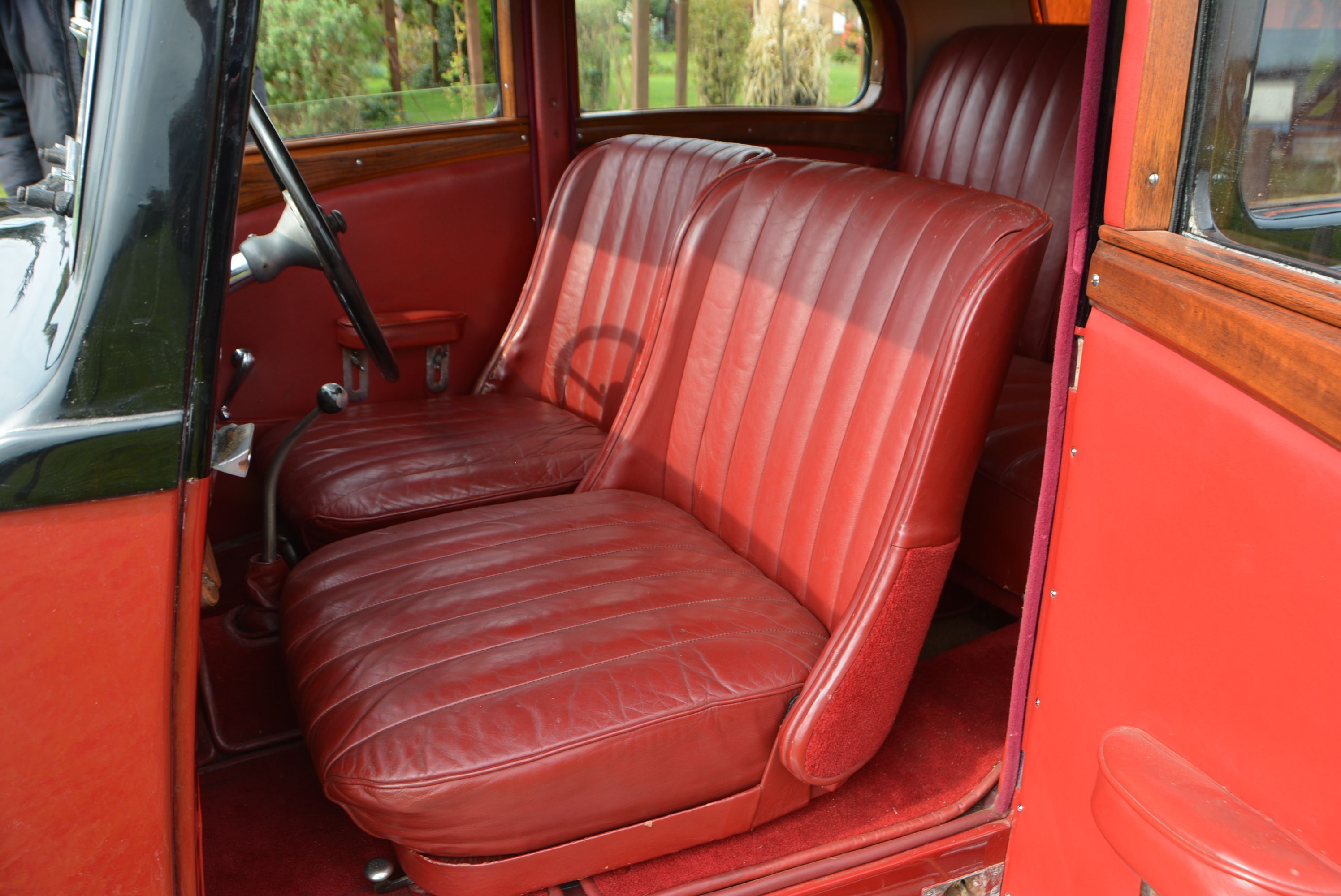 | |||||
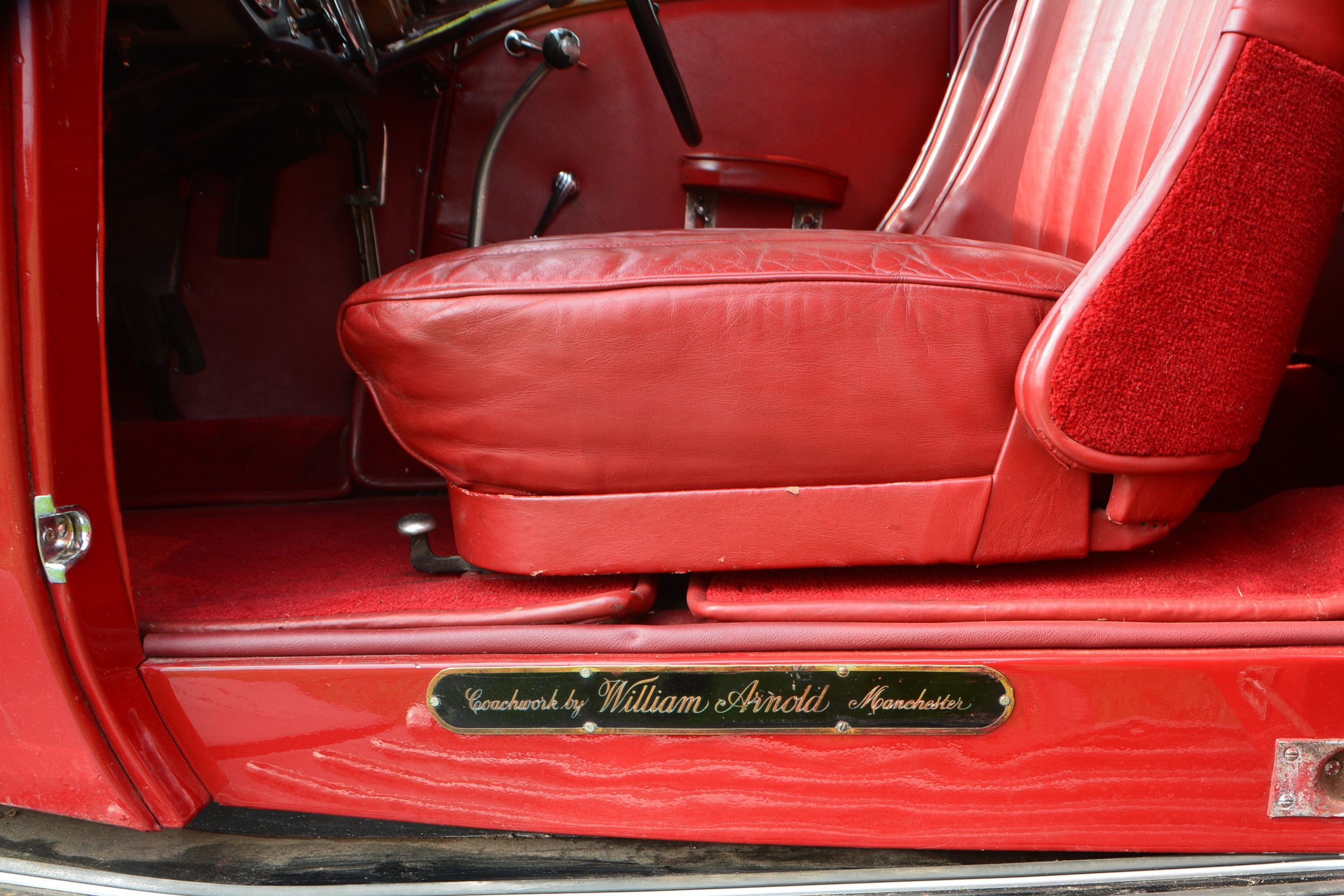 |  |  | 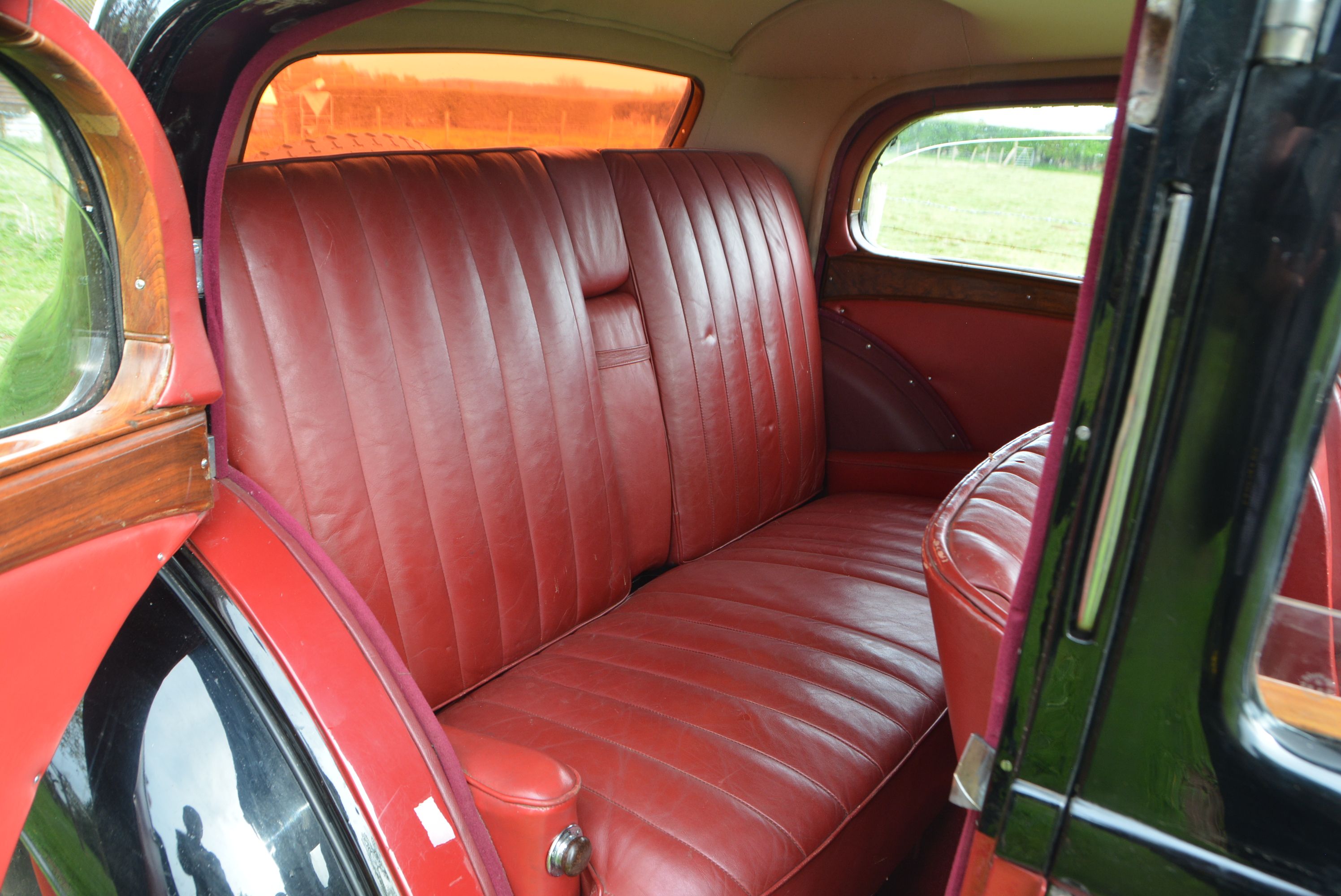 |  | |||||
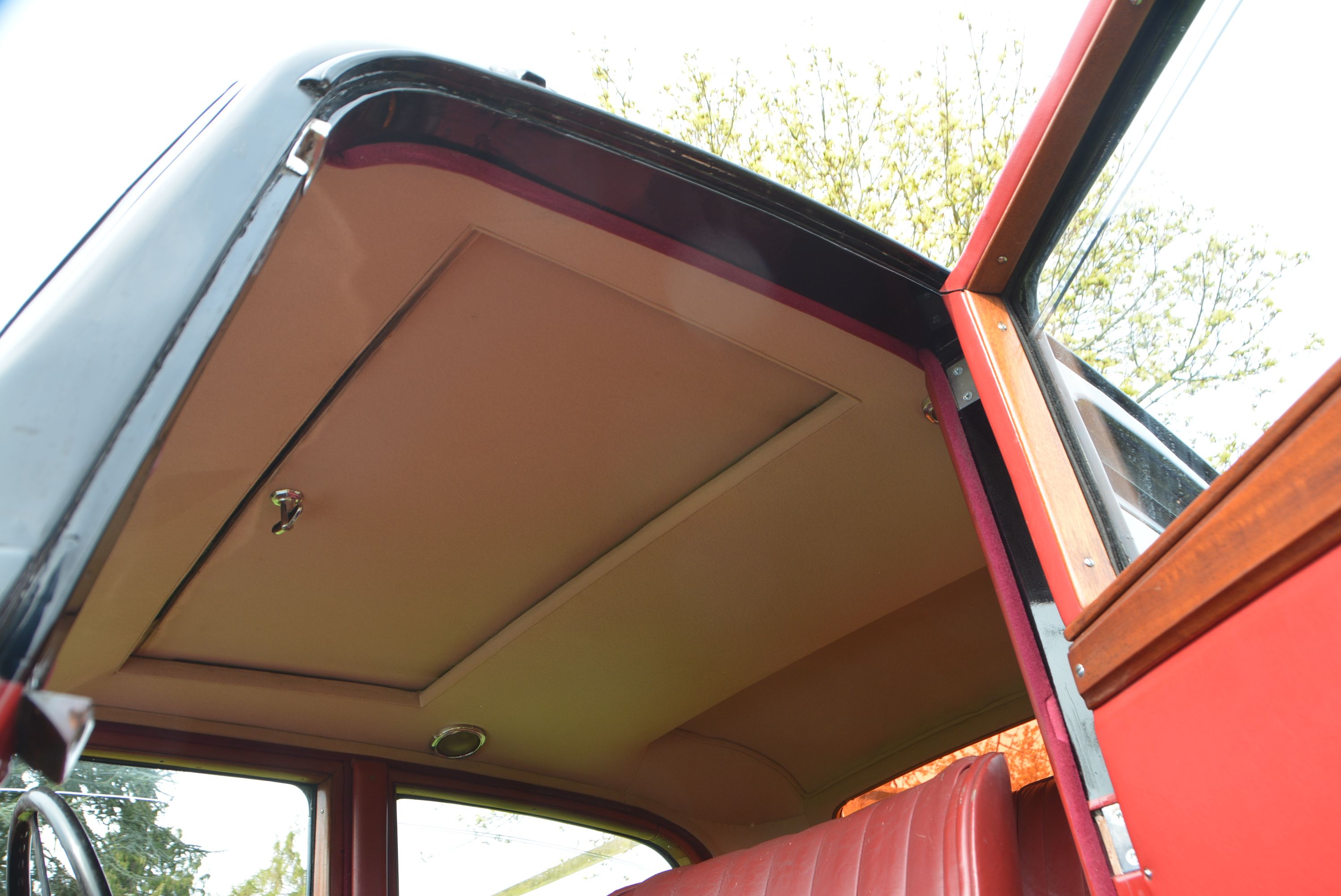 | 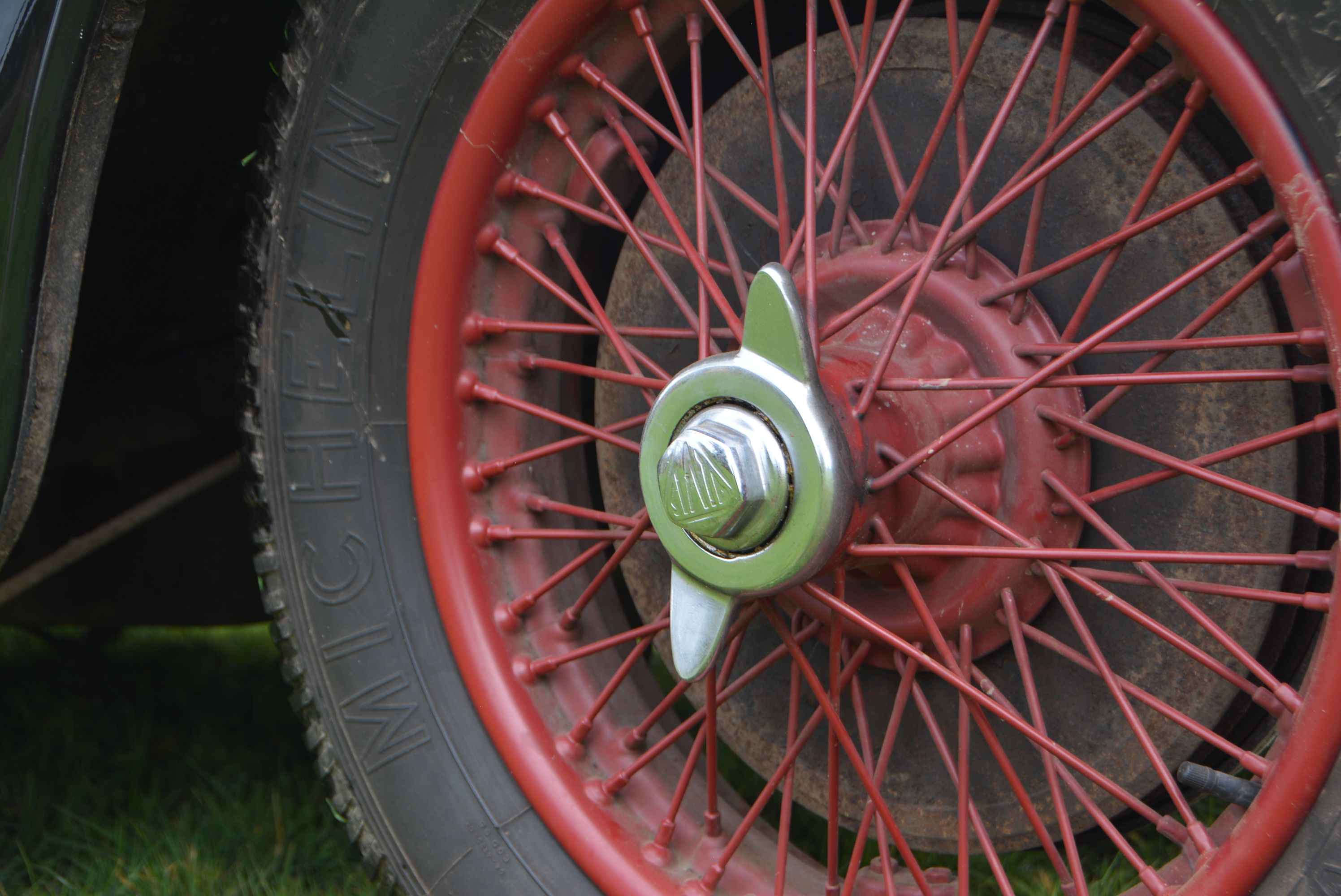 |  | 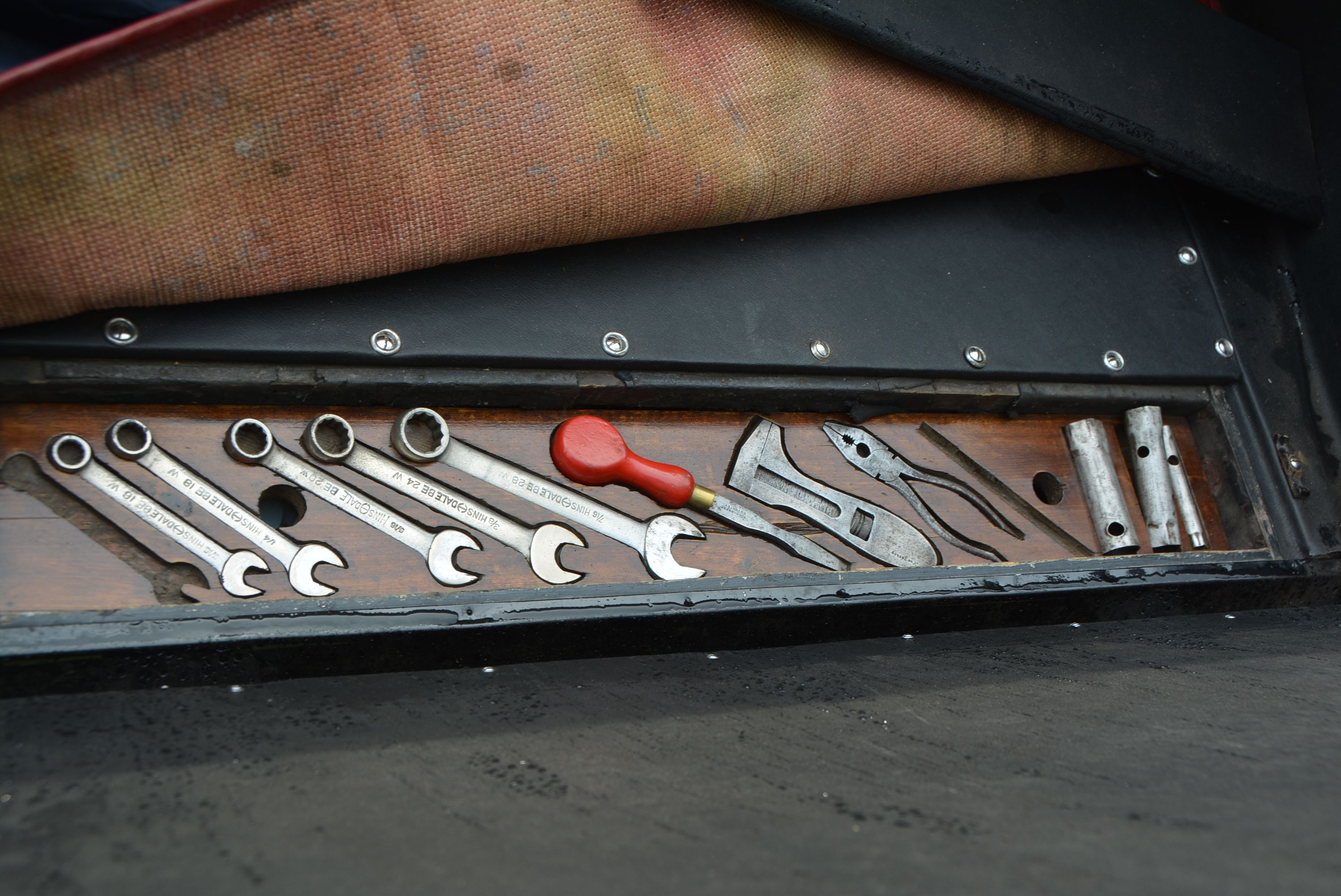 | 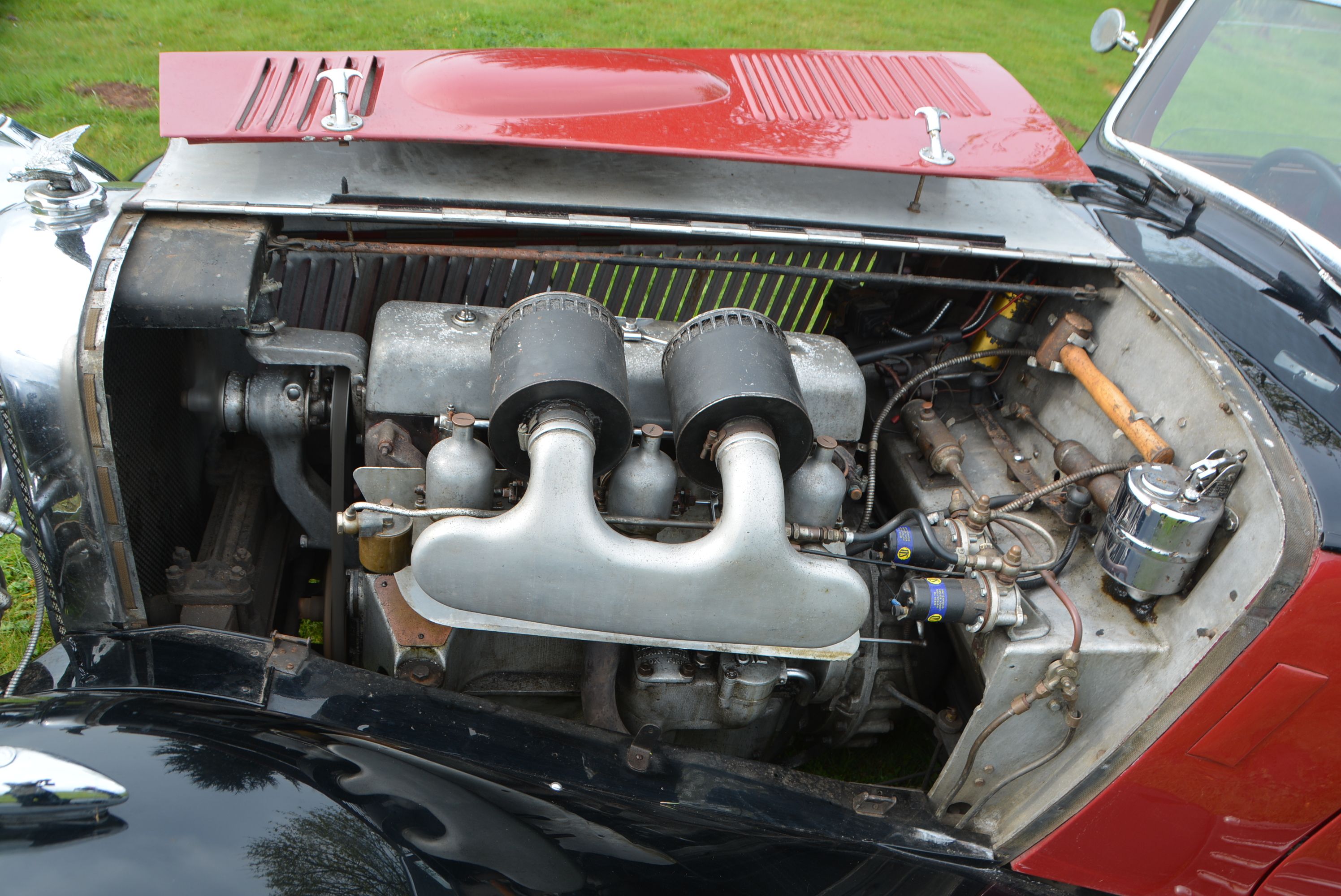 | |||||
 | 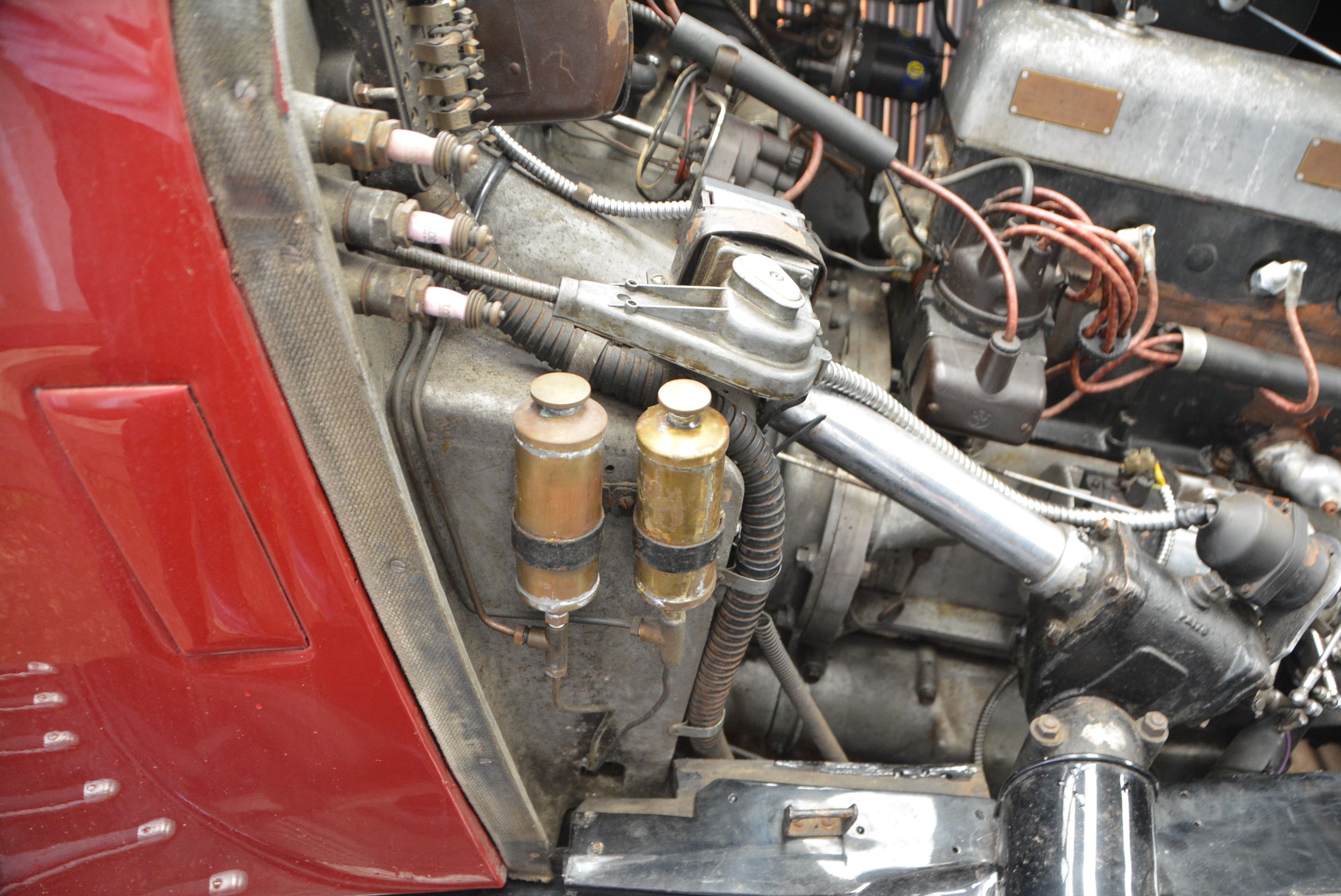 | 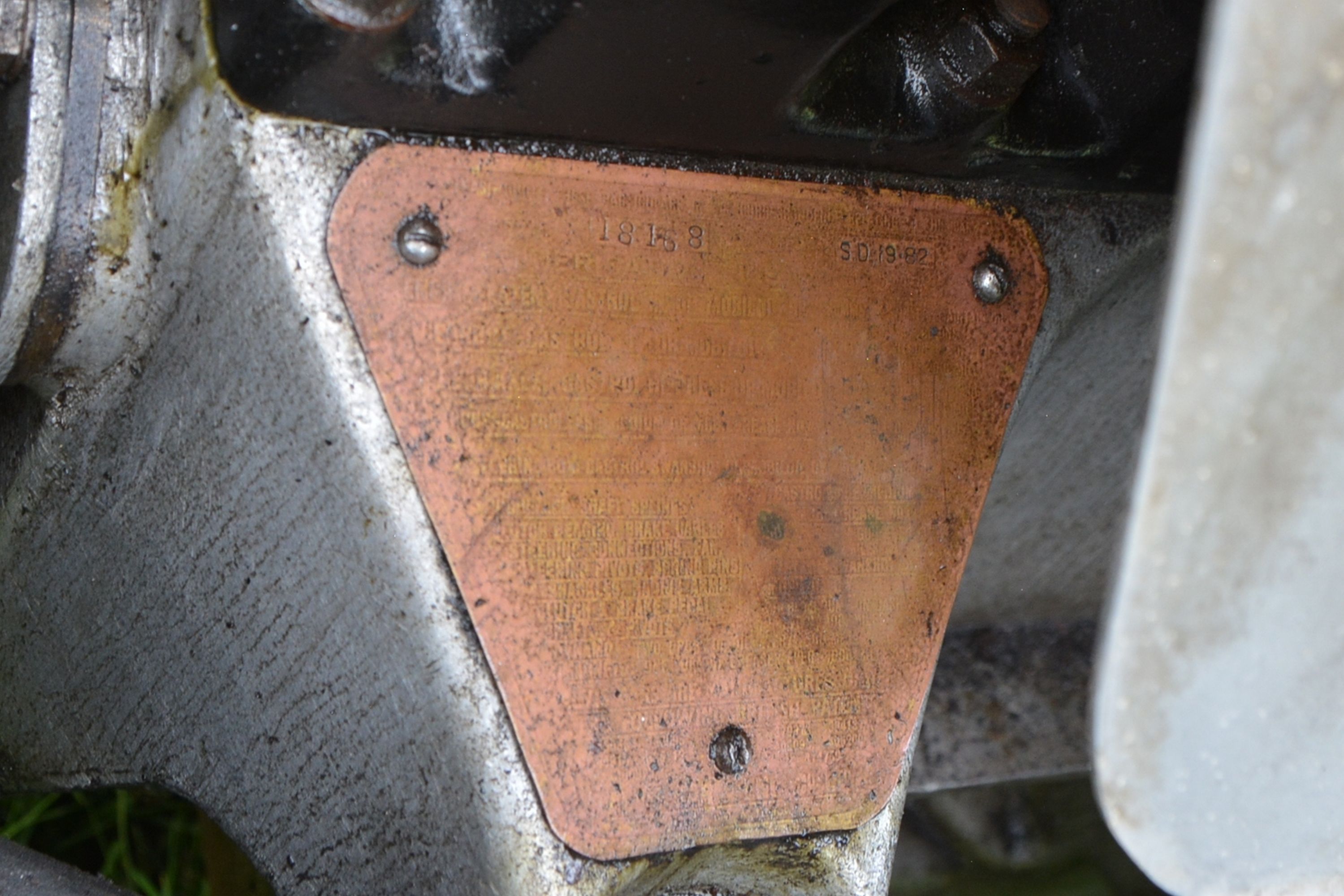 | 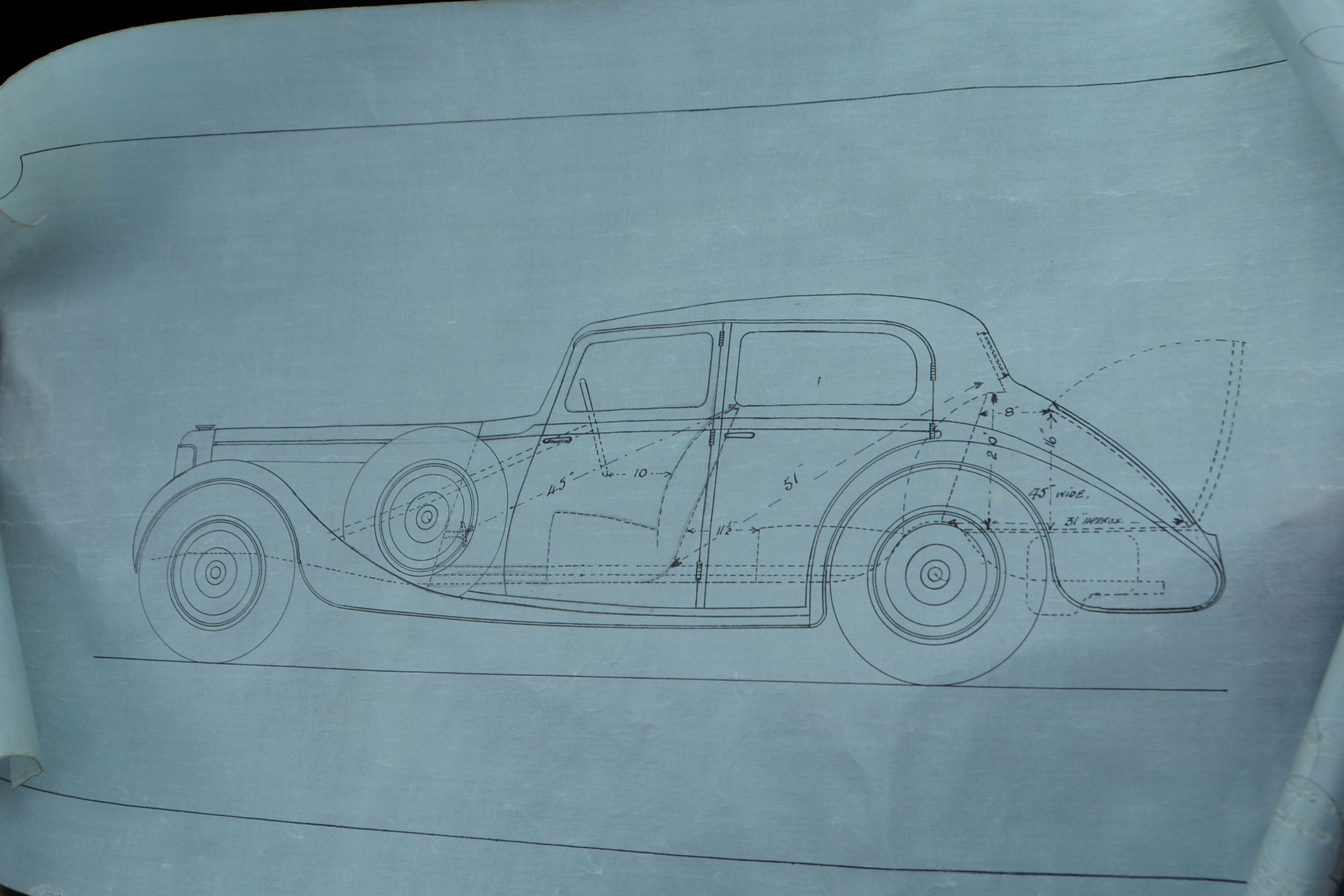 |  |
| Lot number | 163 |
|---|---|
| Hammer value | £40,700 |
| Description | Alvis Speed 20 SD Saloon |
| Registration | CNE 952 |
| Year | 1936 |
| Colour | Maroon/Black |
| Engine size | 2,762 cc |
| Chassis No. | 13079 |
| Engine No. | 13529 |
| Documents | V5C; large history file; original Alvis guarantee and Wm Arnold bodywork drawing |
Fast and handsome with tremendous performance and a low, purposeful stance the Alvis Speed 20 is the epitome of pre-war sporting elegance.
Beautifully made and bristling with technical innovations such as independent front suspension, all-synchro gearbox and servo-assisted brakes, the car went through four versions, SA to SD, between 1932 and 1936 before being replaced by the Speed 25 in 1937. The SD model (as here) came out in 1936 and had the larger 2.7-litre engine from the SC (good for an easy 90mph) plus improved steering and suspension, a stiffened chassis, larger fuel tank and slightly wider bodywork.
The low-slung chassis endowed the car with tremendous handling and grip for its day: “'When cornering it is not only free from rolling – the low build sees to that – but the layout is such that it clings to the intended path at quite unexpected speeds, and when centrifugal force does eventually produce a skid, it is of the rear wheels only and easily controlled,” observed Motor Sport's tester.
Motor magazine were equally enthusiastic: “The new Alvis Speed 20 is the type of car which looks right, feels right and is right. From the driver's point of view the controls are all just where they are required and the power, speed and acceleration provided by the silky six-cylinder engine are a real eye-opener to anyone accustomed to driving about in more ordinary motor cars.” By the time production came to an end in late 1936, just 1,165 Speed Twenties of all types had been built, around 620 to SD specification, and all are highly sought-after today.
The vast majority of Speed 20 saloons received coachwork by Charlesworth of Coventry but the first owner of this particular car, Mr CJ Till of Chesterfield, liked the coachwork he had spotted on a Derby Bentley that had been made by William Arnold of Manchester so he approached them to put a similar body on his new Alvis. An original Arnold draughtsman’s sketch in the history file shows how he would envisage the body on the Alvis, the only difference on the actual car being that Mr Till requested the spare wheel be moved from the front left wing to the boot lid. And mighty fine it looks too.
A mining engineer by profession, Mr Till kept the Alvis right up until his death in 1977, even using it during the war as his job enabled him to get precious petrol coupons, some of which are also retained in the history file, as is the original Alvis guarantee dated July 1936. It appears that Till’s widow kept the car until her own death in 1988 at which point it was acquired by the second owner who treated it to a £30,000 restoration, including a full engine rebuild, which was a very large sum at the time (invoices on file). Forced to sell the car when he got divorced in 2000, ownership then transferred to another gentleman from whom our vendor, only the fourth owner, acquired it in 2009.
Shortly after he acquired the car our vendor removed the wings and running boards and it was then professionally resprayed in the current maroon and black. Much of the chromework was also replated. During the repaint it was revealed that the roof had a covering of fibreglass so this was carefully removed and the original sunroof was then discovered and professionally repaired, presumably having being covered up to stop it from leaking.
Now leak-free and working as it should, the roof also benefits from a new West of England cloth headlining which looks excellent, as does the rest of the beautifully restored red leather interior. A particularly nice feature is the red tinted rear screen which imparts a wonderfully warm glow to the cosy interior.
The vendor has used the car lightly but regularly during his 10-year ownership, clocking up some 2,500 miles. Many old MOTs back to 1976 show that the Alvis has covered some 19,300 miles in the last 43 years, the odometer currently showing 80,665 miles. Cooling was never the strong point on these cars so the vendor got Red Triangle to fit one of their electric water pumps which moves a greater volume of water per minute and operates independent of engine speed to keep the coolant moving fast even when the car is stuck in traffic. A new pair of batteries have also just been fitted.
Starting promptly and running beautifully as we moved it around for these pictures, this gorgeous Alvis is believed to be one of only two Speed 20s ever to be fitted with William Arnold coachwork, the other car being a two-door version last seen in Australia. Indeed CNE 952 is featured in Nick Walker's 'Alvis Speed Models in Detail' where it is credited as being "very much a one-off design".
Only reluctantly for sale due to imminent loss of storage, the condition of this car is a credit to its four careful owners and it needs to be seen and heard running to be fully appreciated. We like it a lot!